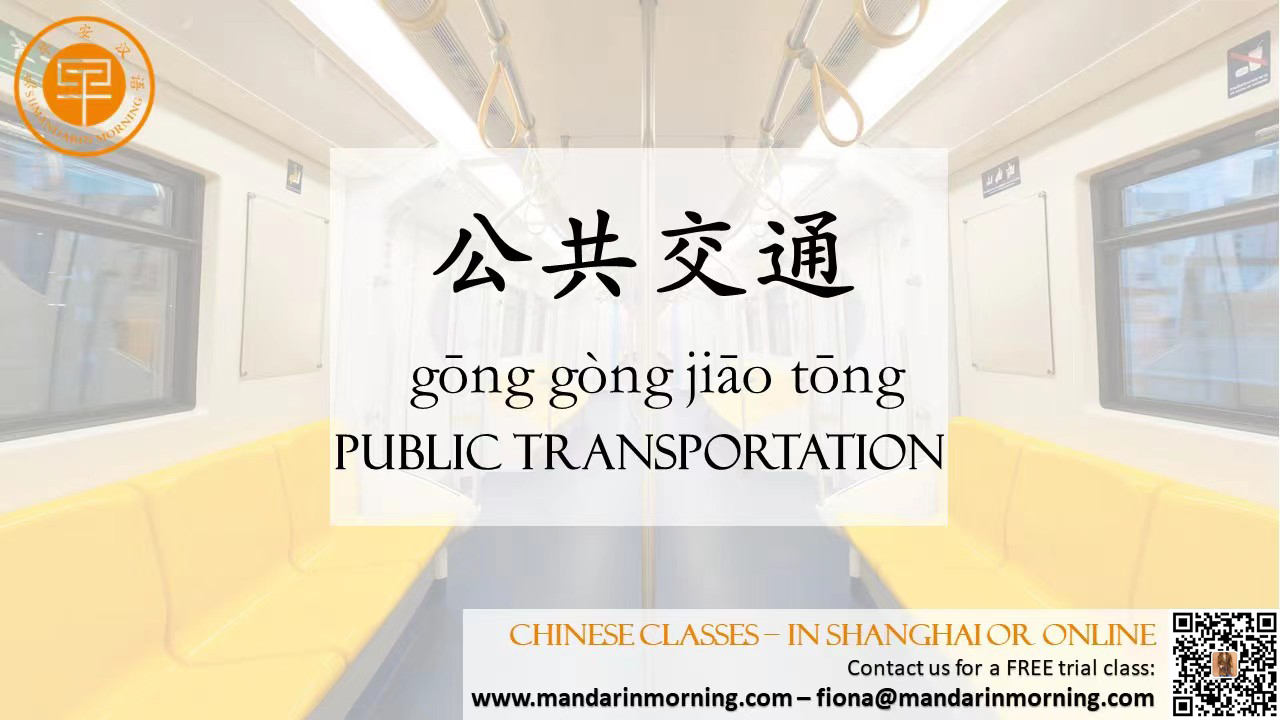One of the best ways to get around in the city is by public transportation 公共交通 (gōng gòng jiāo tōng). It is not that complicated and with the right vocabulary it will also not be a problem for you in China. One way is to take the subway 地铁 (dì tiě). Once you found your way to the closest subway station 地铁站 (dì tiě zhàn), you can buy a ticket 地铁票 (dì tiě piào) and get on the subway 上车 (shàng chē). Change the subway if you have to 换车 (huàn chē) and get off at the right stop 下车 (xià chē). If you don’t know where the closes subway station is, just ask 地铁站在哪里 (dì tiě zhàn zài nǎ li). Another convenient way is to travel by bus 公交车 (gōng jiāo chē)/巴士 (bā shì). Find yourself a bus station 公车站 (gōng chē zhàn), check the timetable 时刻表 (shí kè biǎo) and the bus route 公交路线 (gōng jiāo lù xiàn). You can buy a ticket at the bus driver 公交司机 (gōngjiāo sī jī). Do you want to take a train 火车 (huǒchē)? No problem. Train station is called 火车站 (huǒ chē zhàn) and the train ticket is 火车票 (huǒ chē piào). To ride a train in Chinese is 坐火车 (zuò huǒchē). A lot of people commute 通勤 (tōng qín) to work by public transportation. If you want to say, for example, that you commute to work by train you can say 坐火车上下班 (wǒ měi tiān zuò huǒchē shàng xià bān. A convenient way to pay for your travel on public transportation is a transportation card 公交卡 (gōng jiāo kǎ). You can add money to it and pay swiping the card. So you don’t need cash every time. |